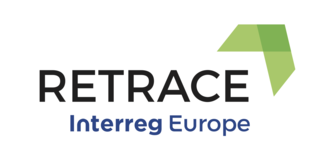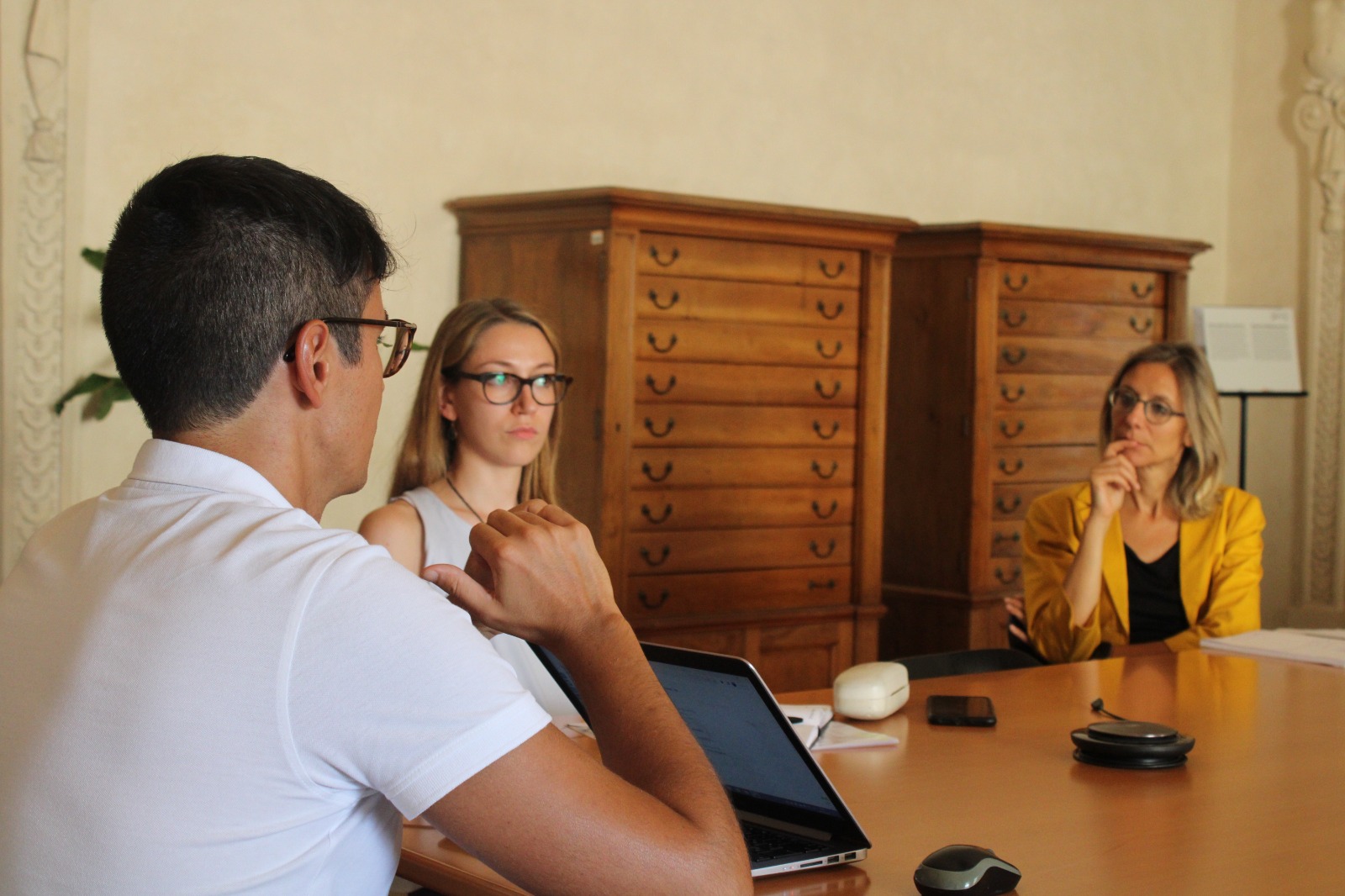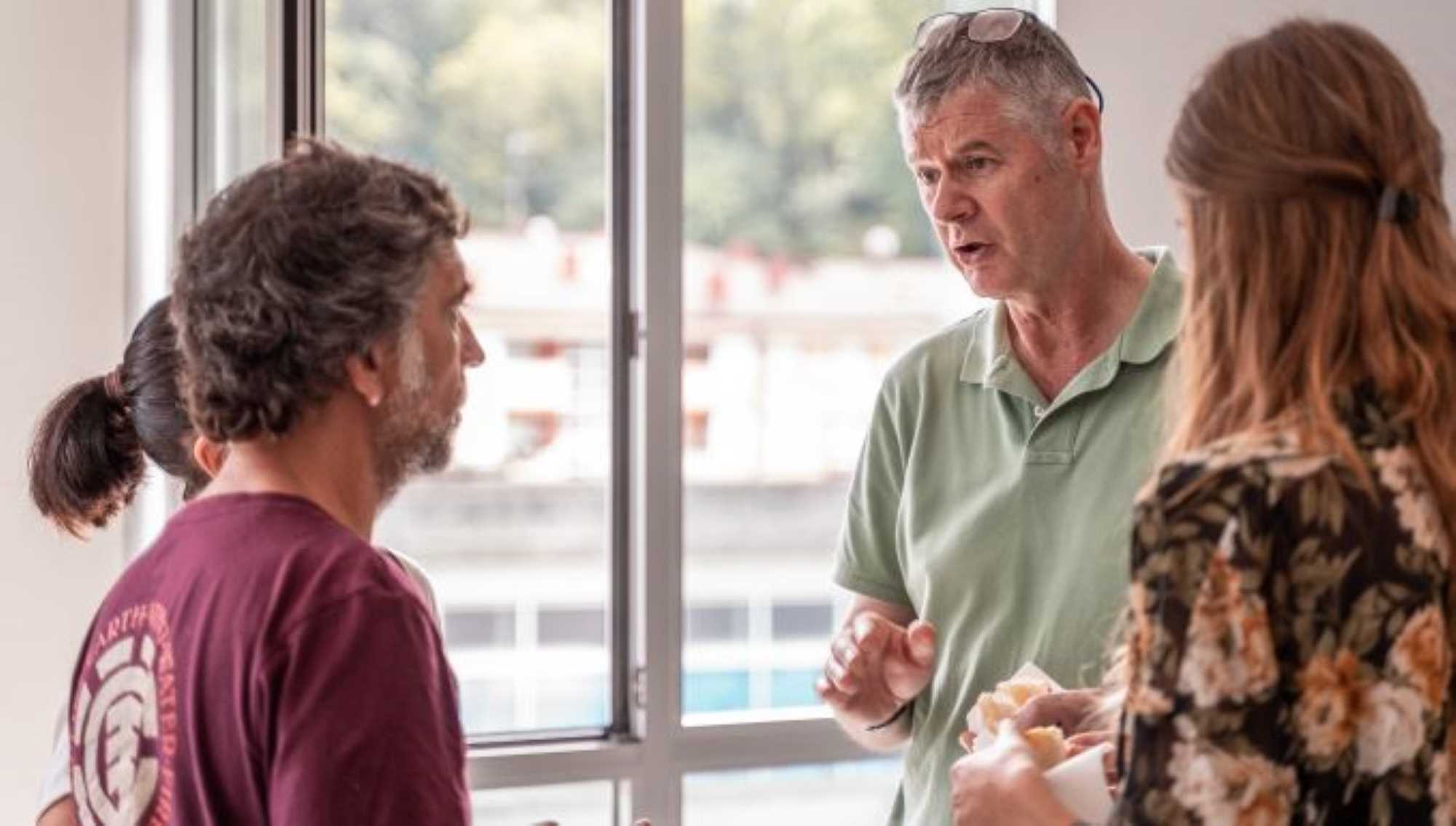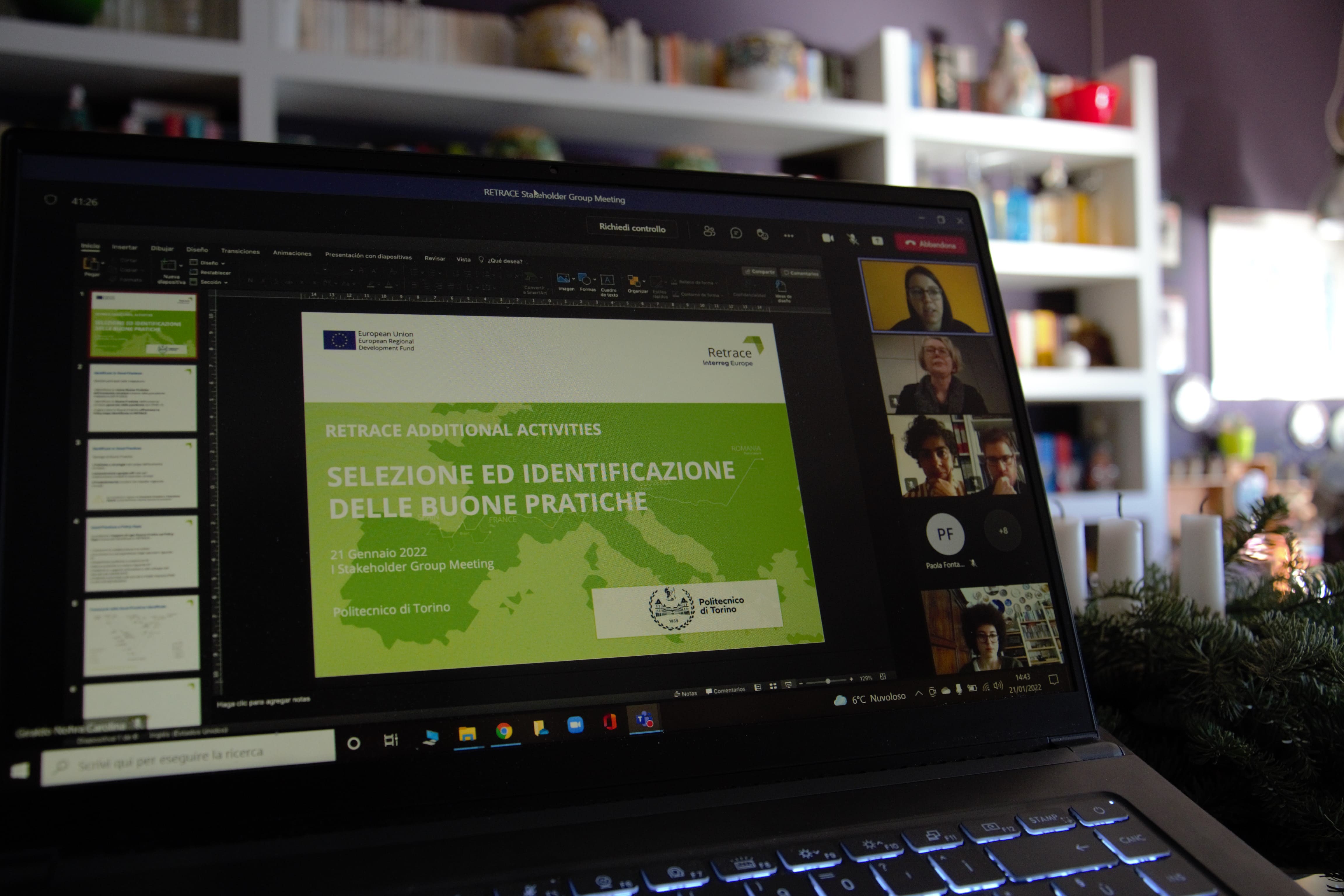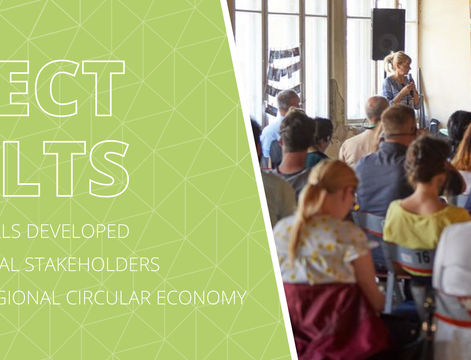The ‘Sustainable Design for Transition to Circular Economy’ conference celebrated on 27th March in Ljubljana put sustainable design into spotlight as one of the key enablers of the shift towards a low-carbon society.
The Retrace-related conference was hosted by the Government Office for Development and European Cohesion Policy and the Centre for Creativity, which operates under the auspices of the Museum for Architecture and Design. Alenka Smerkolj and Tone Peršak, members of the caretaker government, and Erik van Uum, Deputy Head of Mission, Embassy of the Kingdom of the Netherlands were to deliver opening addresses.
The shift to a circular economy largely depends on economic growth, but the process will only be successful if joint efforts are made to prevent economic growth from resulting in over-exploitation of primary raw materials and non-renewable energy sources. This progress cannot happen without a step change in consumer behaviour and production patterns; thus, application of the system-wide concept of sustainable design in different processes will help lead the way forward.
Caretaker Minister for Development, Strategic Projects and Cohesion Alenka Smerkolj expressed pleasure in her opening to see seven out of eight Slovenian best practices of circular design make it to the top thirty list from a long list of 65 good practices of circular economy identified under the project Retrace. ‘Slovenia is on the right track, including as regards the design of development policies which underpin the shift to a circular economy” added the minister. Tone Peršak, Caretaker Minister of Culture explained that circular economy has been one of the essential elements in the development of the national Design Strategy and highlighted that “circular economy seems something natural and self-evident in an unspoilt land rich in natural resources, which Slovenia definitely is.” Marjana Dermelj from GODC who coordinates Retrace activities in Slovenia presented the Action Plan on the Use of Systemic Design for Transition to a Circular Economy which was developed under the project. Anja Zorko from the Centre for Creativity at the Museum for Architecture and Design underlined the importance of collaboration between the creative sector and the economy, and the role of design in industrial production processes
On the most practical part of the conference, Miranda Geusens from OVAM (Public Waste Agency of Flanders, Belgium) outlined different approaches in the area of sustainable design and identified the tools that encourage both the education sphere and the corporate sector to embrace the principle of integrating sustainability in their design process. Saskia van den Muijsenberg from BiomimicryNL discussed ways to put theory into practice and looked into examples of learning from nature, as practical solutions to processes and products were presented by Bert van Son from the Dutch denim brand MUD Jeans. Similarly, Matej Feguš from the Slovenian manufacturing company Donar described the approach his company applies to implement the concept of circular economy in furniture design and manufacture.
Last but not least, Alenka Hren from SPIRIT Slovenija presented the outcomes of a pilot project called Sustainable transformation of companies, and Simona Grobelnik fom Slovene Enterprise Fund outlined potential opportunities for the companies to get funding in order to facilitate their transition to a circular economy.
More information here.
